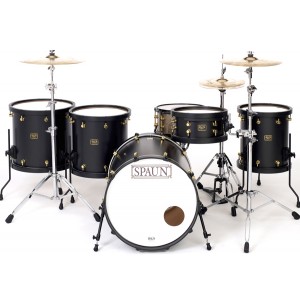Tips & Triks
Monteringsanvisning for Trommesett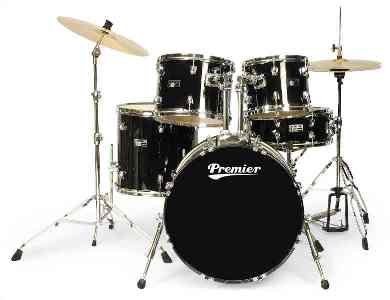 Monteringsanvisningen gjelder for de fleste merker inkludert; BASIX FUSION – ROCK, PREMIER OLYMPIC, PREMIER APK, PREMIER JUNIOR og BASIX JUNIOR |
Forskjellen mellom REMO UT (Taiwan) og REMO UA (USA) trommeskinn.
De aller fleste trommesett i mellomklassen som har REMO som skinnleverandør, produsert i Kina/Taiwan leveres med REMO UT trommeskinn. Disse leveres med samme type skinn over /under på rack-toms/gulv-toms, og er vanligvis type clear. Forskjellen mellom UT og UA er tykkelsen på Mylar-filmen (8,5 mil vs Eks. 10 mil for Ambassador), og innfesting av mylar-filmen til alu hoopen gjøres annerledes. UT-skinn har en "låst" "closed crimp channel" med stålkjerne som gir en tyngre, mer vibrasjonsfri konstruksjon en REMO UA som har "open channel crimp" for nettopp å kunne vibrere friere og skape god relasjon mellom over/underskinn.
Vår erfaring er at UT-skinnene fungerer fint som underskinn; men for å få ut trommens fulle potensiale anbefaler vi ALLTID å bytte slagskinnet til f.eks REMO sine USA produserte skinn, eller Evans USA skinn. Ved å bytte ut slagskinnene som følger med Pearl Decade/Yamaha Stage Custom og mange flere brands.., har du nå ett ekstra sett underskinn som kan brukes når du har spilt på trommene en stund.. |
Skarptrommen Skarptrommen er en av de viktigste enhetene i oppsettet ditt. Låter den kjip vil hele spillestilen din påvirkes…... 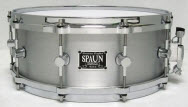 |
Bruk av DrumDial trommestemmer 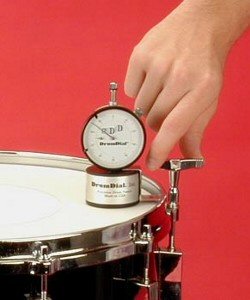 Tuning a complete drumset is a matter of personal preference, and tensions may vary based upon the player’s style, head selection, type of music, and the drum mounting system. |
Trommestikker 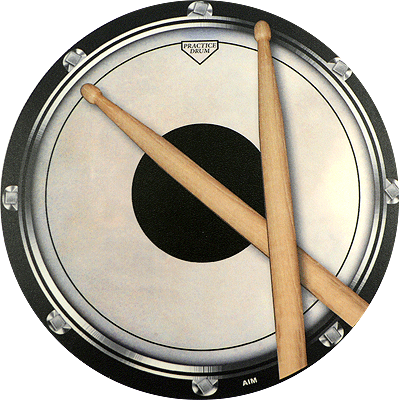 Trommestikker er arbeidsredskapet til trommeslagere og de fleste som har |
Cymbaler 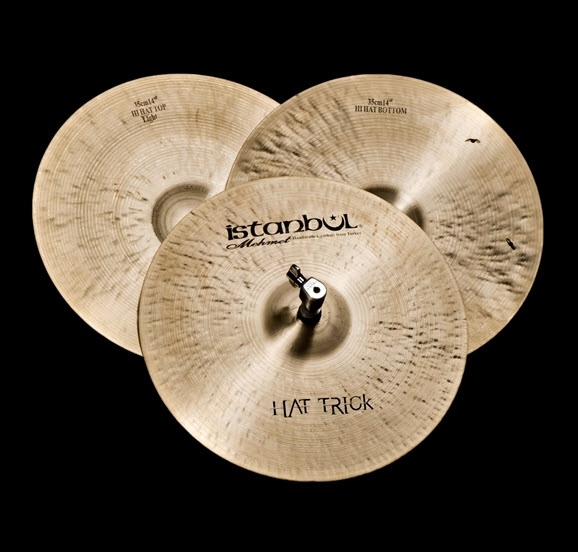 En cymbal kan ikke stemmes eller justeres som en tromme, derfor er valg av riktig cymbal helt avgjørende. I tillegg er utvalget enormt både i størrelser, tykkelser, legeringer og kvalitet; noe som gjør valget ekstra utfordrende. |
|
|
Istanbul Mehmet Cymbaler  Istanbul ble startet av cymbalsmedene Mehmet Tamdeger og Agop Tomurcuk i 1980, og navnet Istanbul Cymbals var inspirert av byen som hadde blitt metropol overdensleder for instrumentet. |
|
|
|
What is a Resonant Drumhead?The resonant drumhead is the bottom drumhead on each of your drums… It’s the drumhead you don’t hit, and it’s the opposite of the batter head (which is the one you do hit). 
The resonant head resonates when the batter head is hit: It vibrates to give the drum more sustain and tone, and it also helps with volume and projection. Your resonant head has a big influence on your drum’s overall sound, and part of its job is to act like an equalizer for the drum: Different resonant head types and tunings will bring out different frequencies in the overall drum sound. You can quickly hear how your resonant head influences your drum sound by muting or removing it:
Note: Tuning plays an important role here, and we’ve got more information on that later. Freedom to resonate is a very important thing for your resonant drumheads, and it’s critical that they stay in very good condition to be able to do so. This brings us to the next important point:
Why Shouldn’t I Hit My Resonant Drumheads?Because you’ll affect their ability to resonate properly.
Damaging your resonant heads (with stick marks, dents, tape reside, etc.) will make them more difficult to tune, and will alter their sound.
Resonant heads need to be in like-new shape to vibrate to their full potential. A light tap while tuning is okay, but never play them like you’d play a batter drumhead. Resonant heads will also naturally wear out over time, even if you don’t hit them. This is because they’re constantly being “hit” by vibrations from the batter head… This slowly affects them, meaning they won’t perform as well as they should. More on this soon!
Can I Use a Batter Drumhead as a Resonant Head?
For snare drums, definitely not (want to know why? see our free guide to resonant snare heads). Since snare drums are a very different story, they won’t be covered in this article. Check the link above for all of the essential information on resonant snare heads. Almost all of the tom and bass resonant drumheads we’ll cover below are also batter heads – in most cases they can be used as either. Generally though, you’ll want to avoid resonant drumheads that are extremely thick and/or extremely dampened. So yes, you can definitely use batter heads on the resonant side, but there’s a limit to how thick or dampened they can be (especially on smaller drums). Further down the page, we’ll cover a lot more on this. In most cases, thin or medium-weight batter heads are the standard resonant head choice.
What’s The Best Resonant Drumhead?
Here’s why: Don’t believe anyone that simply says “this is the best resonant drumhead” without telling you what sound and situation it’s best for. It depends on personal taste, and the sound you want.
So let’s get a little more focused: There are some quick questions you can ask yourself you find the best resonant drumhead for you: Choosing the best resonant drumhead:
|

